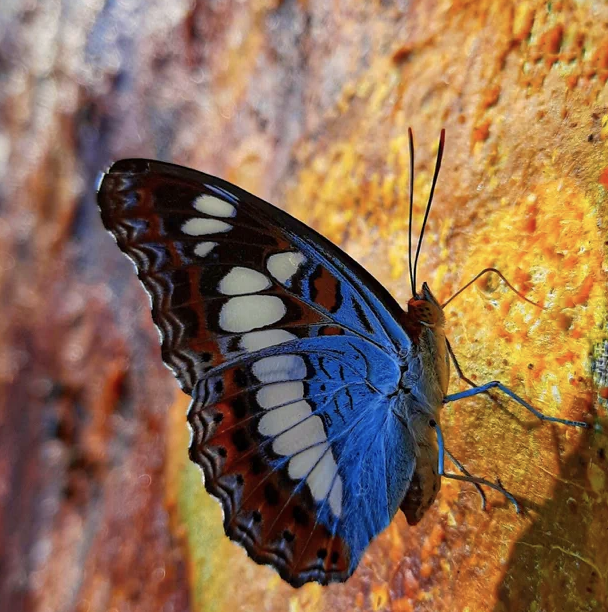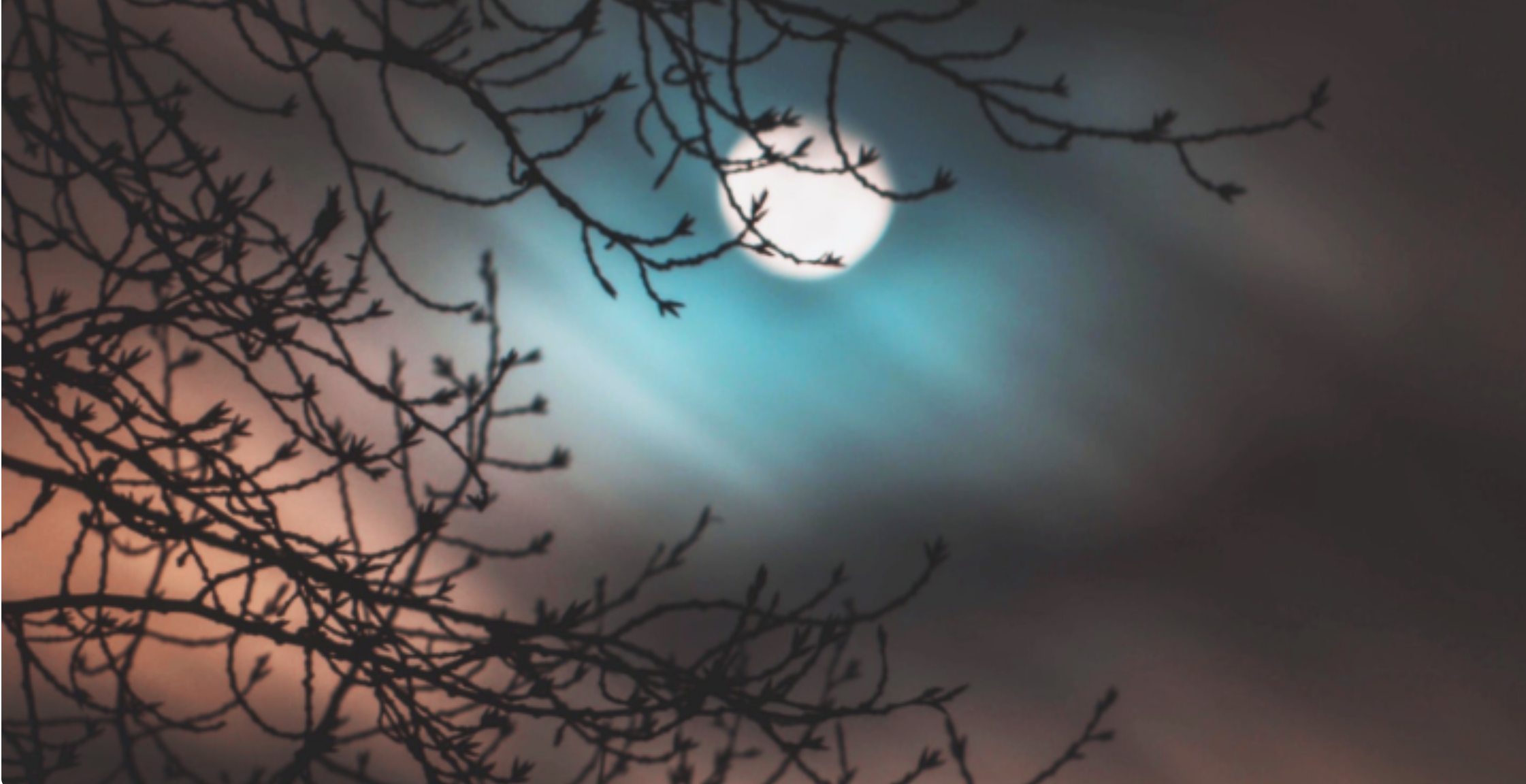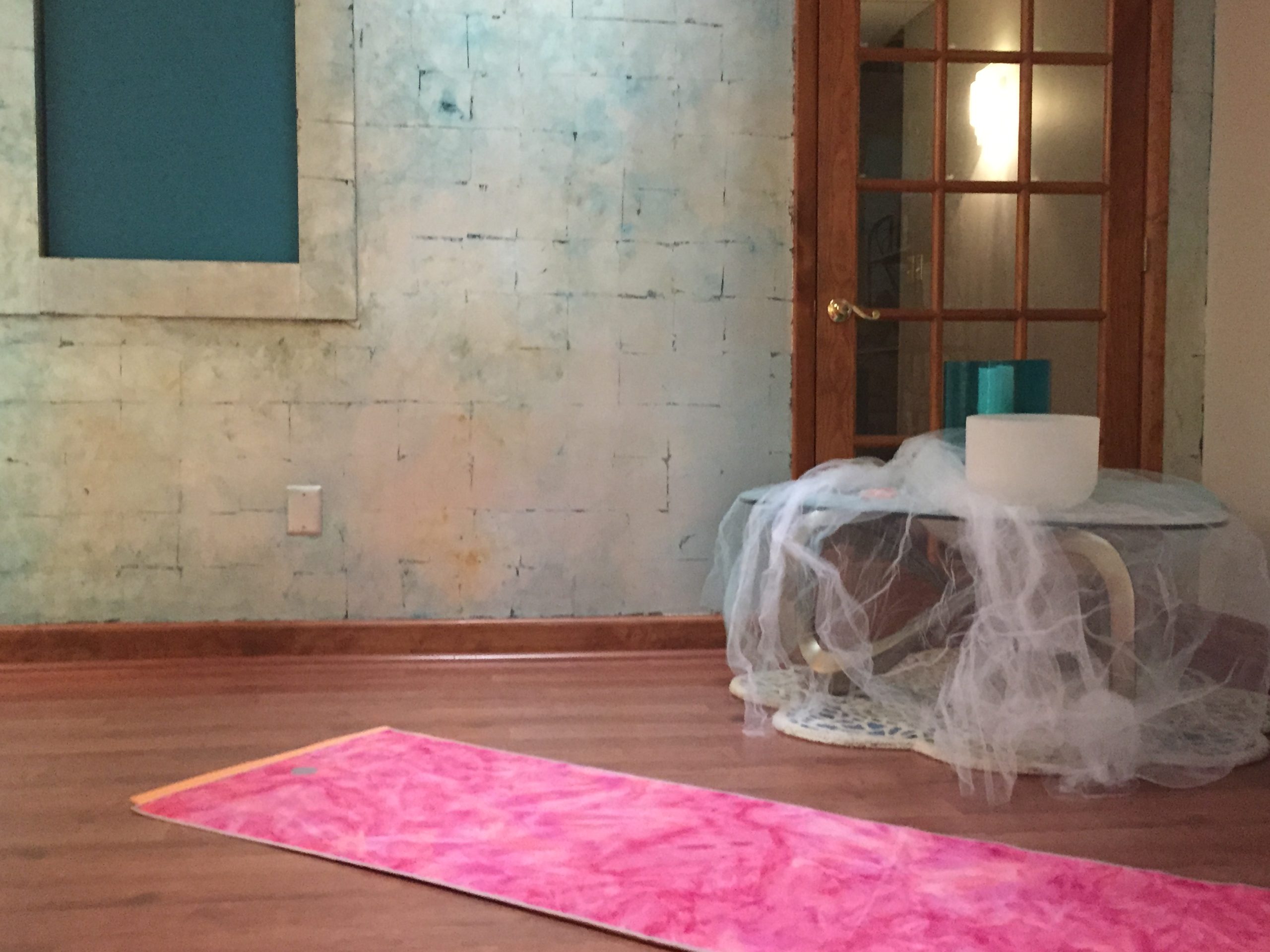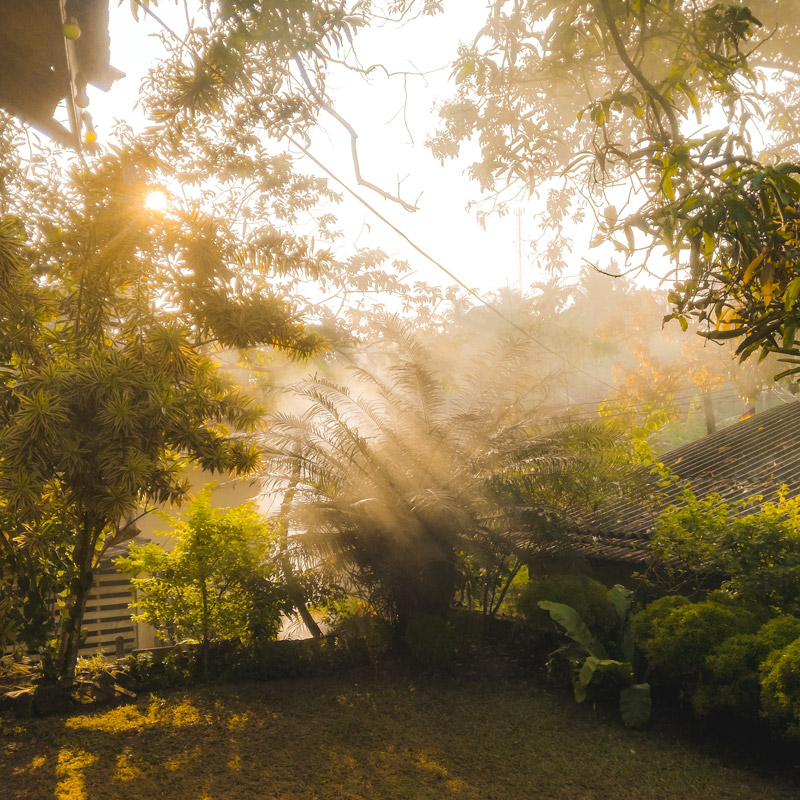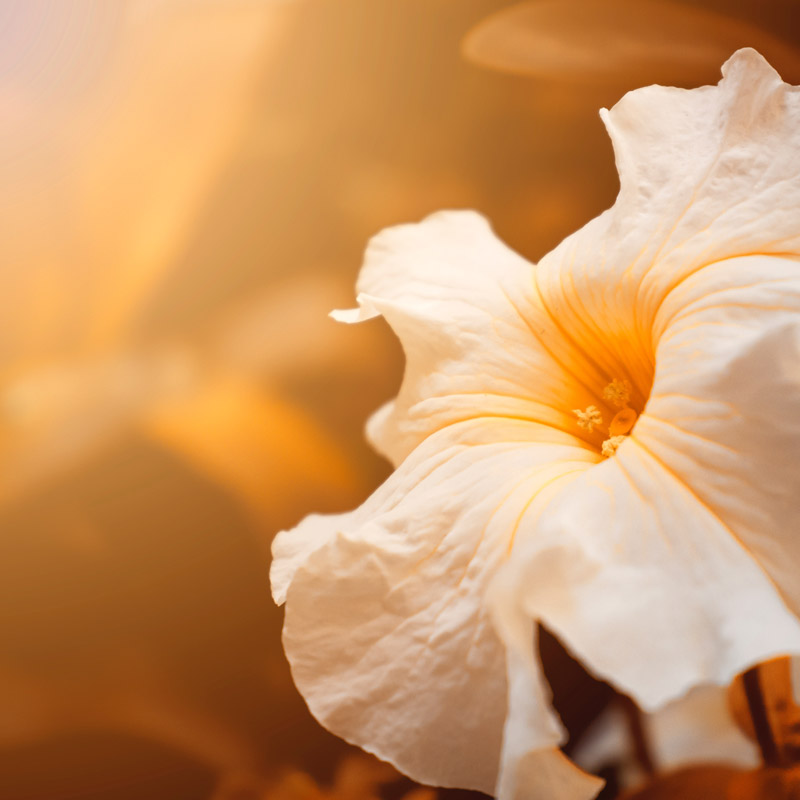 Yoga has always been a part of my adult life. The holistic adventurer in me was drawn to the physical and spiritual benefits of yoga. There have been periods in my life when stepping onto my yoga mat was a daily ritual and others when I was lucky to engage my yoga practice once a month. Over the years, what has become very clear is that yoga is an all-encompassing way of life with roots in ancient wisdom traditions. The temple walls of Egypt are filled with visuals of yogic postures. The meaning within the stories of Kemet, including those of Auset/Isis, Heru, and Maat represent the basis of the energy permeating yogic philosophy.
Yoga has always been a part of my adult life. The holistic adventurer in me was drawn to the physical and spiritual benefits of yoga. There have been periods in my life when stepping onto my yoga mat was a daily ritual and others when I was lucky to engage my yoga practice once a month. Over the years, what has become very clear is that yoga is an all-encompassing way of life with roots in ancient wisdom traditions. The temple walls of Egypt are filled with visuals of yogic postures. The meaning within the stories of Kemet, including those of Auset/Isis, Heru, and Maat represent the basis of the energy permeating yogic philosophy.
If modern cultures hold the secrets of the tenets of ancient indigenous cultures and spirituality, then it is easy to see that yogic philosophy was not only spread to India, but also held in such reverence that it has a continuum that has evolved over time.
The traditions and beliefs of indigenous cultures are easily recognizable in yoga philosophy. Yoga acknowledges that we are spiritual beings in physical bodies and that we can explore the essence of our souls through awareness of our physical bodies. In this way, yoga postures aren’t only about strength and flexibility of the body, but are also a pathway toward strength, flexibility and wholeness in our spirits. Such is the indigenous way.
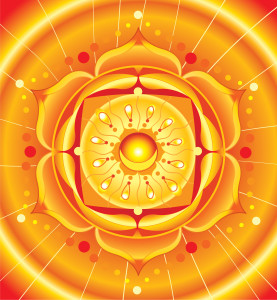
bright orange mandala of svadhisthana chakra vector
Interestingly and certainly not coincidentally, my first Yoga classes were Kemetic yoga classes that explored the original postures from ancient Egypt. I’m one of many who have not only witnessed the journey of indigenous ways into modern expression, but also experienced the sacredness of the journey. Today, when I practice any posture, I give honor to the roots of yoga and my ancestors from the ancient lands of Nubia. Namaste. Or embracing my indigeousness (yes, that is now a word), Hotep.
